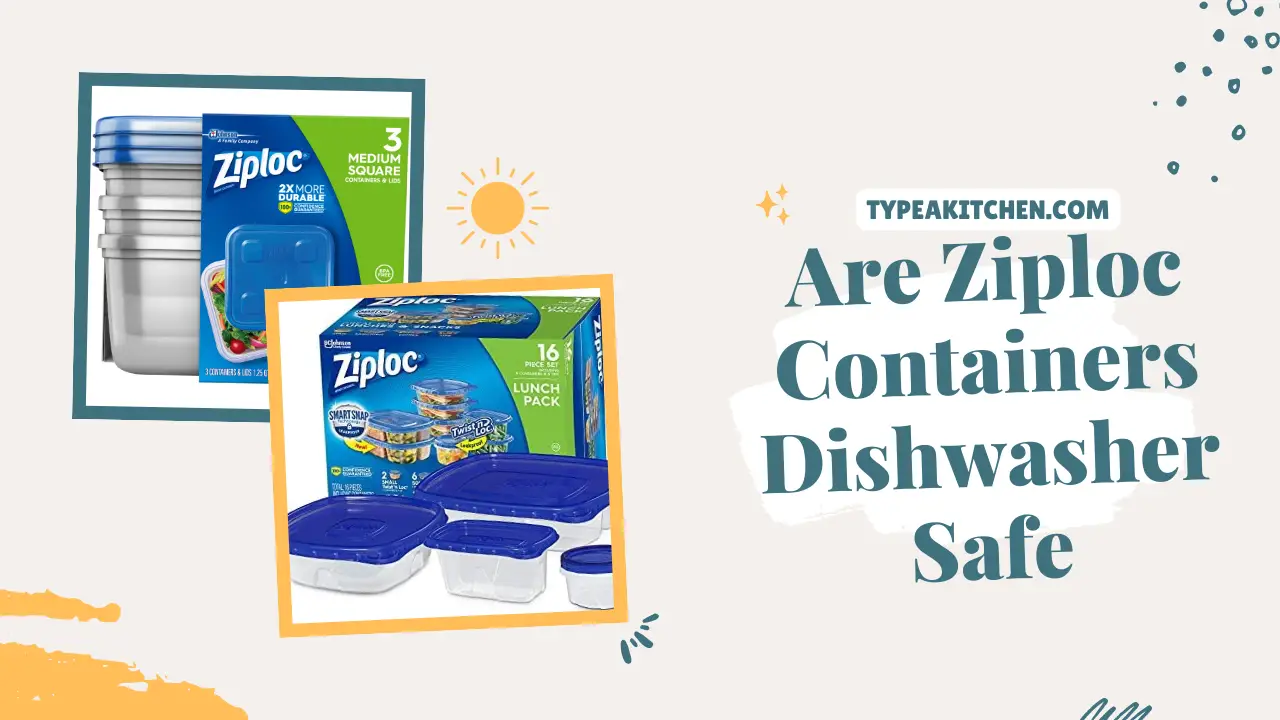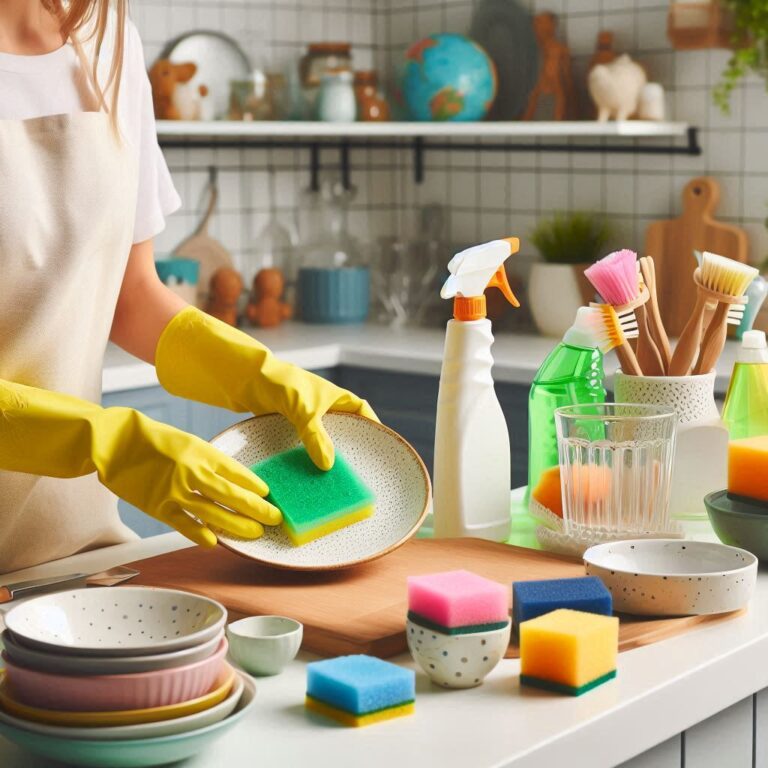How to clean tap water
Introduction
Water is a fundamental element of human survival, but what if the water you are drinking is contaminated? Unfortunately, many people around the world face this issue each day.
Water contamination occurs when harmful chemicals, bacteria or other substances make their way into our drinking sources through various means such as chemical spills, industrial waste disposal, and sewage discharge.
Drinking contaminated water can lead to serious health issues including diarrhea, nausea and even cancer in severe cases.
Overview of how to clean tap water
Firstly, it is essential to understand that tap water is treated with chemicals such as chlorine and fluoride to make it safe for consumption. However, certain contaminants may still be present, such as lead, bacteria, and pesticides. To ensure the tap water in your home is clean, start by identifying the source of your drinking water.
Next, invest in a good quality water filter that can remove impurities from the tap water. There are various types of filters available on the market that use technologies like activated carbon or reverse osmosis to eliminate pollutants. Regularly changing the filter cartridge ensures optimum performance of the unit.
Additionally, cleaning and maintaining your plumbing system regularly can also help improve tap water quality. Sediment buildup and rust in pipes can affect the taste and odor of drinking water over time. Flushing out pipes periodically helps to keep them clean and prevents blockages from occurring.
In conclusion, while tap water undergoes treatment processes before distribution to households, it is crucial to take extra steps to ensure optimal cleanliness for household consumption. By following these simple tips on how to clean tap water effectively as discussed above will go a long way towards providing you with clean drinking water free from contaminants.
10 ways how to clean tap water
1. Boiling:
Boiling is one of the oldest and simplest methods used to disinfect water. It involves heating water until it reaches its boiling point, which kills most types of pathogens, including bacteria, viruses, and protozoa. Boiling can be done using any heat source such as a stove or firewood.
To ensure that all pathogens are killed during boiling, it’s recommended to bring the water to a rolling boil for at least one minute. If you’re above 6,562 feet (2,000 meters) altitude or if the water is cloudy or colored, increase the boiling time by an additional minute.
2. Chlorination:
Chlorination is a widely-used water treatment method that involves adding chlorine to water to kill bacteria and other harmful microorganisms. Chlorine reacts with the bacteria’s cell walls, disrupting their ability to function and reproduce, ultimately leading to their death. This disinfection process is essential in ensuring that the water we drink is safe for consumption.
3. Filtration:
Filtration is a process of removing impurities from water. The technique works by passing the water through a filter that traps and removes unwanted particles, such as sediment, chlorine, or bacteria. There are several types of filters available on the market today, including activated carbon filters, reverse osmosis systems, and ultraviolet (UV) light systems.
4. Reverse Osmosis:
Reverse osmosis is a water filtration process that removes impurities and contaminants from drinking water. The process involves pushing water through a semi-permeable membrane that traps harmful substances like lead, arsenic, fluoride, and bacteria. Reverse osmosis systems are commonly used in homes, offices, and industrial facilities to purify drinking water.
5. Distillation:
One of the most effective ways to purify water is through distillation. Distillation involves boiling the water and then collecting the steam as it condenses back into a liquid form. During this process, impurities such as bacteria, viruses, and minerals are left behind, leaving behind pure water.
6. Ultraviolet Treatment:
Ultraviolet treatment is an effective method to eliminate bacteria and other harmful microorganisms from drinking water. This treatment process uses ultraviolet light to destroy the DNA of these organisms, rendering them unable to reproduce and causing them to die off. UV treatment is a chemical-free process that does not change the taste or odor of water, making it a popular choice for homeowners and businesses alike.
7. Carbon Adsorption:
Carbon adsorption is a technique used to remove impurities and contaminants from water. Activated carbon is used as the adsorbent material due to its high surface area, which allows it to trap a large number of pollutants. The process works by passing water through a bed of activated carbon, where the contaminants are adsorbed onto the surface of the carbon.
The effectiveness of carbon adsorption depends on several factors, including the type and concentration of contaminants in the water, contact time between water and activated carbon, and temperature and pH levels. Carbon filters need to be replaced regularly since they become saturated with contaminants over time.
8. Ion Exchange:
One of the most effective ways to remove contaminants from water is through ion exchange. This process involves swapping ions in the water with other ions that are bound to a resin or zeolite material. The resin or zeolite has charged sites that attract and hold onto specific ions, allowing them to be removed from the water. The effectiveness of ion exchange depends on several factors such as the type of resin or zeolite used, flow rate, pH level of the water, and temperature.
9. Ozonation:
Ozonation is a water treatment process that effectively removes impurities and contaminants from drinking water. Ozone, a powerful oxidizing agent, is generated through the passage of air or oxygen through an electrical discharge. This ozone then reacts with organic and inorganic substances present in the water, breaking them down into less harmful compounds.
10. Aeration:
Aeration is a process where water is exposed to air, allowing dissolved gases such as carbon dioxide and hydrogen sulfide to escape. This process can be done through various methods, including the use of aerators, diffusers, or fountains. Aeration not only helps improve the taste and odor of water but also removes harmful contaminants.
Conclusion:
Drinking contaminated water can have serious health consequences. It is important to identify the source of contamination and take steps to fix it. Whether it be installing a water filtration system or regularly testing your water supply, there are various methods to ensure clean drinking water. Additionally, staying informed about potential contamination risks and taking preventative measures can significantly reduce the likelihood of exposure to harmful contaminants. Remember, access to clean drinking water is a fundamental human right and should not be compromised. Let’s work together to protect our water sources and safeguard our health for future generations.








